Ancient ingredients that shaped early culinary traditions.
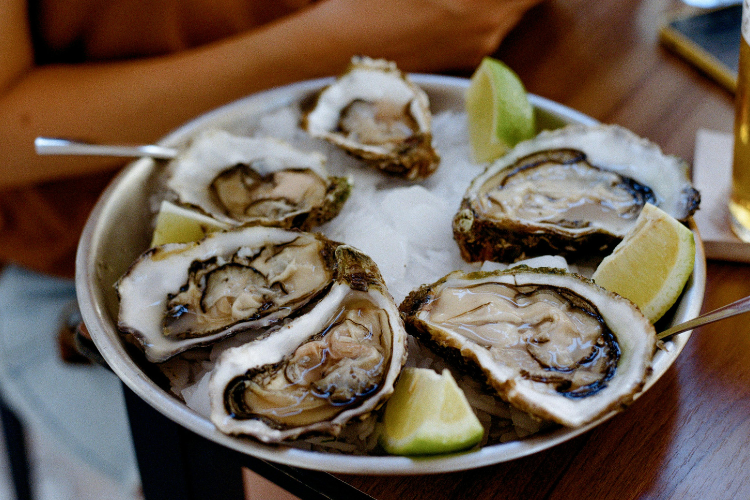
Long before Europeans stepped onto the continent, Native communities had already crafted rich food traditions built from skillful farming, sustainable foraging and deep ecological knowledge. Their meals reflected the landscape around them, from forests and coastlines to river valleys and desert plains. Every region held its own pantry, and people understood how to harvest and prepare ingredients in ways that balanced nutrition with practicality.
Those foods were not only sources of nourishment but also elements of ceremony, trade and survival. Looking at these ingredients reveals a world grounded in careful observation and an intuitive understanding of the land. Each bite carried knowledge passed through generations, shaping cultures that thrived long before outside contact.
1. Maize anchored countless Native food traditions.
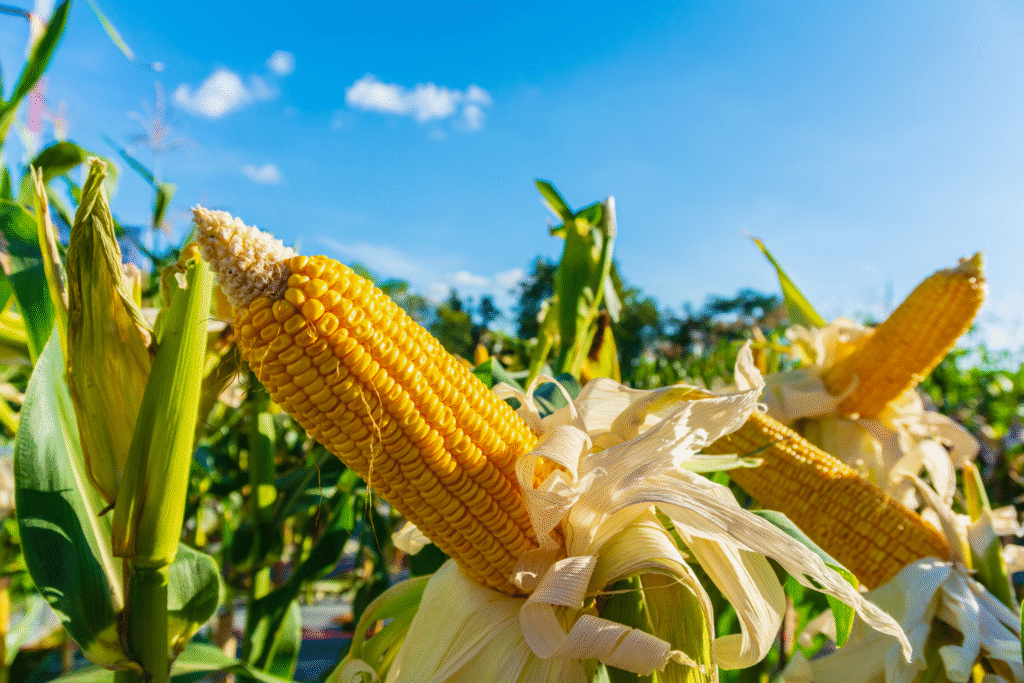
Maize was far more than a crop, it was a cornerstone of daily life. Communities shaped entire farming systems around it, creating terraces, irrigation and seed varieties tailored to climate and soil. Families relied on it for porridges, breads and drinks, building meals that revolved around its steady presence. The grain stored well, traveled easily and adapted to countless methods of cooking, giving it a flexibility communities valued across regions.
Its importance only grew as trade routes widened. Maize moved between nations long before Europeans arrived, carried by travelers who understood how crucial it could be in new environments. As people exchanged seeds and techniques, the crop took on cultural meaning that extended beyond simple hunger. Its influence carried into ceremonies, storytelling and identity, forming a quiet thread linking distant communities.
2. Beans provided steady nourishment in varied climates.

Many Native communities relied on beans because they offered reliable protein and grew well alongside other crops. Different regions cultivated unique varieties, each suited to local soil and rainfall. Families cooked them slowly or added them to stews, creating meals that stayed filling through long days of travel or work. Their ability to enrich soil made them even more valuable, especially for farmers balancing sustainability with survival.
Over time these beans became part of systems that tied communities together. Seeds moved through trade networks, allowing varieties to spread while carrying stories with them. As a result, beans became symbols of resilience and shared knowledge. Their presence in countless villages reminds us how communities learned to shape land while depending on it at the same time.
3. Squash shaped seasonal cooking across many regions.

Squash plants grew vigorously in most climates, offering tender greens early and sturdy fruit later. Families collected blossoms, seeds and flesh, turning each into a different meal. Some groups roasted strips until they dried into portable food, while others boiled cubes into soft dishes that fed everyone at the table. Its versatility allowed cooks to stretch a harvest into months of dependable nourishment.
Communities treated squash with respect because it paired so easily with other ingredients they relied on. Its subtle flavor supported dishes built around maize or beans, and its long storage life helped families endure harsh seasons. That balance between practicality and creativity made squash a natural fit for daily and ceremonial meals alike.
4. Wild rice shaped life in northern lake regions.

People living near lakes and marshes understood how to gather wild rice with careful precision. They paddled through calm water, bending stalks gently and tapping grains into canoes. The harvest depended on timing, weather and patience, and each year brought a new challenge. Once gathered, the grains were parched and winnowed, becoming a treasured staple for the months ahead.
Families cooked the rice into hearty dishes that carried a deep earthy flavor. Its richness supported travelers on long routes and anchored gatherings where food brought people together. The grain represented both skill and respect for delicate ecosystems, which made it more than just another ingredient. Its presence in meals told stories of place, rhythm and shared labor.
5. Fish sustained river and coastal communities deeply.
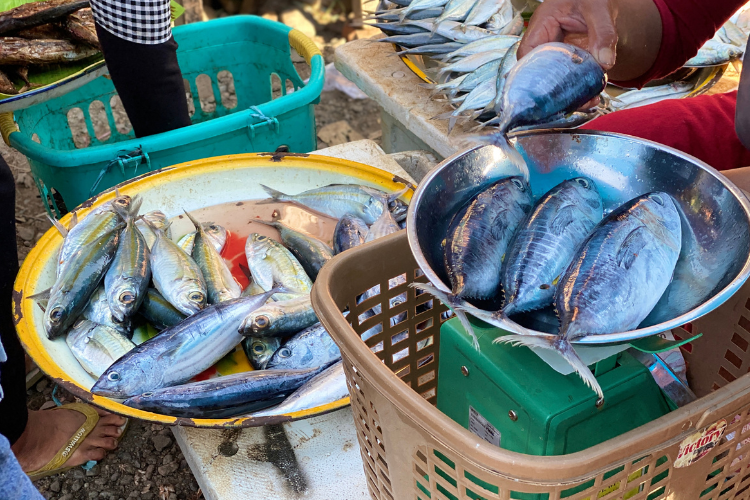
Rivers, lakes and coastlines provided abundant fish that communities prepared through drying, grilling or stewing. People knew the habits of each species, timing their harvests to migrations and seasonal patterns. Families created racks for drying and pits for smoking, building storage that could carry them through unpredictable weather or long journeys. Fish offered a steady protein source in places where farming was secondary.
As communities moved and traded, preserved fish traveled with them. Its portability made it a practical gift, a trade item and a key part of shared meals. The flavor reminded people of waterways that shaped their identities, turning each catch into more than an everyday task. Fish connected families to land and memory, echoing through generations of skilled harvesters.
6. Bison provided essential nourishment on the plains.

Plains communities depended heavily on bison, using nearly every part of the animal. Meat was dried into concentrated food that stored well, while organs and fat supported nutrient rich meals. People hunted with strategy and respect, planning drives carefully and sharing the rewards across extended families. The harvest anchored life in regions where mobility and survival went hand in hand.
This relationship extended beyond food. Bison shaped culture, language and belief, influencing how communities understood their place in the world. Meals prepared from the animal reminded people of that connection, creating traditions that stretched far beyond the practical need for protein. Eating bison carried meaning that deepened across time.
7. Game birds-filled tables during seasonal hunts.

Communities living near wetlands or grasslands relied on ducks, geese or turkeys during their migrations. Hunters understood wind patterns and feeding grounds, knowing when flocks would arrive. Once gathered, the birds were roasted or smoked, becoming a steady source of meat during colder months. Families often combined the meat with grains or berries, shaping dishes that varied by region.
As migrations shifted, people adjusted their plans. These hunts created rhythms that tied families to the land, marking seasons through movement rather than dates. The meals made from these birds tasted of patience, observation and cooperation. Generations passed down knowledge that shaped each harvest, creating culinary traditions grounded in nature’s yearly cycles.
8. Nuts offered lasting energy across the continent.
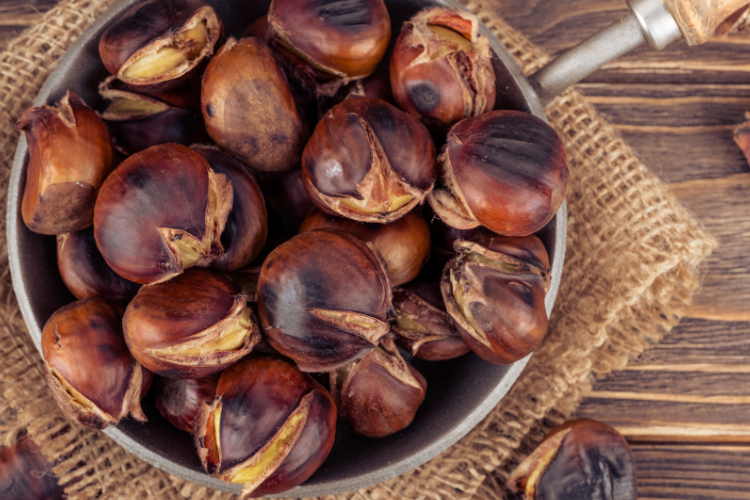
Forests and woodlands offered nuts like acorns, chestnuts and walnuts, which families processed into flours or eaten roasted. People knew how to remove tannins or store the harvest safely, allowing them to rely on nuts during long winters. Their high energy content made them valuable for travel, especially when ground into soft meals that fed young children and elders.
Communities integrated nuts into sauces, breads and porridges, creating dishes that reflected regional flavors. The harvest season often brought families together as they gathered from groves that had fed generations before them. Each meal carried echoes of these shared tasks, reminding everyone how closely food and family were intertwined.
9. Roots and tubers shaped earthy, grounding meals.

Roots such as cattail tubers, prairie turnips and camas bulbs added nutrients that supported daily life. Each species required different techniques for digging, cleaning and cooking. Some were roasted to unlock sweetness, while others needed slow heating to become edible. These plants provided calories during seasons when other ingredients were scarce.
People planned carefully to avoid harming patches that needed time to regenerate. This sustainable harvesting reflected a deep understanding of ecological balance. When prepared with care, roots turned into comforting meals that steadied families through harsh seasons. Their presence on the table reflected patience and respect for the land.
10. Berries filled meals with vital seasonal freshness.

Wild strawberries, blueberries, blackberries and chokecherries offered bursts of sweetness that balanced the earthier foods common in daily life. Families gathered them quickly before birds swept in, knowing the season would not last. Some berries were eaten immediately, while others were mashed and dried into cakes that kept their flavor for months.
People often paired berries with meats or grains to create nutrient rich dishes that traveled well. These combinations strengthened trade routes and supported long journeys, turning simple ingredients into essential provisions. The variety of berries across regions created distinct flavors that shaped each community’s culinary identity.
11. Shellfish supported thriving coastal communities.
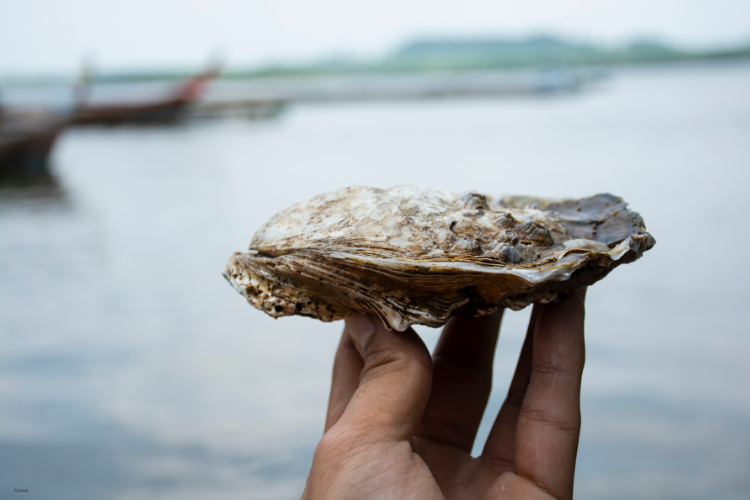
Clams, oysters and mussels were gathered during low tides through careful observation of shoreline patterns. Families steamed them in earth ovens or preserved them for later, creating meals that reflected both skill and place. Shellfish were abundant in many areas, providing a steady food source through changing seasons.
These coastal foods created long lasting traditions tied to tidal rhythms. People built gatherings around these harvests, sharing stories while working along the shore. The meals carried the essence of saltwater landscapes, pulling communities back to familiar tides year after year.
12. Maple sap added natural sweetness to seasonal meals.

Woodland communities tapped maple trees as the weather warmed, collecting the sap drop by drop. Boiling transformed it into syrup or sugar, both of which added sweetness to meals long before European contact. This process demanded attention and perfect timing, turning the harvest into a seasonal ritual.
The resulting syrup flavored baked foods, hot drinks and porridge, creating moments of comfort after long winters. The tradition strengthened ties between families as they gathered during tapping season, celebrating the shift to spring. Each taste of maple held a reminder of renewal, marking the start of another cycle of life on the land.
